Work took every scrap of your energy. Now you’re home, relaxing on the couch, and you hear those unmistakable sounds. Little artificial chirps coming from the floor. Squeaks that get progressively more frequent. And louder (how do they get louder?). Your dog’s happily chomping away on their favorite squeaky toy. And while you admit you bought that toy, you kind of wish you’d left it in the bin right now. Because the squeaks won’t STOP. You know your pup has at least twenty other toys in that basket. What is it about squeaky toys that drives them so crazy and makes them want to chew on them? While it may not soothe your headache, we have the answers to your questions. And some may surprise you.
The Origin of the Squeaky Toy
Surprising as it sounds, dog toys didn’t make an appearance until the late 1800s. And they didn’t feature squeakers. In fact, your dog got a leather tennis ball to chase (that was it). And pet sections in stores? Those didn’t show up until the 1920s. The first RUBBER balls didn’t hit stores until the 1950s, when technology made manufacturing easier. As companies started to put squeakers into baby toys, they realized they could make squeaky toys for dogs, too. Suddenly, our canine companions were introduced to a new kind of fun. And when the first pet store franchise appeared in the late 1960s, squeaky toys really hit their stride.
Now, you find squeakers in tennis balls (of course), plush toys, rubber chew toys, and everything in-between. And the larger the dog toy, the more squeakers get embedded. Of course, dogs learned to puncture those first squeakers, so pet manufacturers needed to learn to make “indestructible” squeakers. (If you have a determined chewer, you know there’s no such thing as indestructible) And then they came up with “silent” squeakers – squeaky toys only audible to dogs. This means walking down the aisle in a pet store with your dog is akin to taking a child into a candy store.
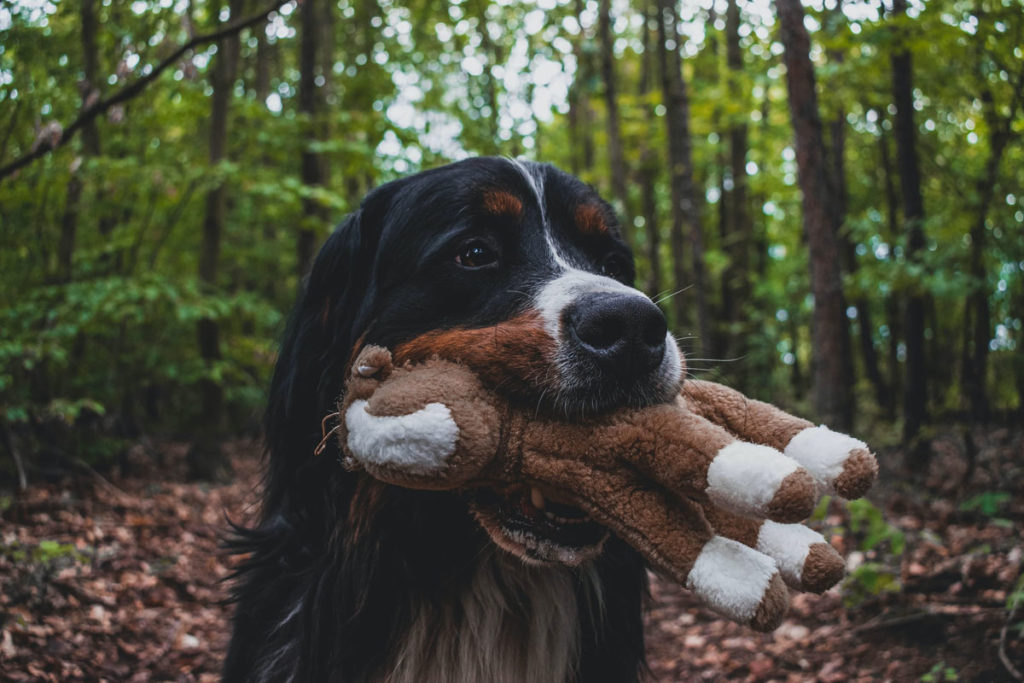
Why Do Dogs Like Squeaky Toys?
But why are squeaky toys so popular? Because you can find the same dog toys minus squeakers, and your pup turns up their nose. There’s something about that persistent noise that attracts them. Your dog probably doesn’t know when you have a headache, so they’re not enjoying annoying you. So what is it about that constant squeaking sound that’s so appealing?
With almost 100 years of looking at our canines enthusiastically chomp away at their toys, scientists have come up with several theories. And since every dog is different (some dogs DON’T like squeaky toys, if you can believe it), there’s no one right answer. Also, dogs may have a significant bond with us, but they’re not ready to give up their secrets quite yet.
Ancestral Roots
As difficult as it may be to contemplate, the sound of squeaky toys replicates the noise of frightened or injured prey. When wolves go out to hunt, that’s the kind of sound they listen for. Then they zero in on the prey, and they bite and shake the chosen animal until it stops making that call for help.
Your dog’s going through the same motion. And, a lot of the time, YOU instigate the process. You hold out their toy and press the squeaker, initiating the chase. Their constant chomping on the toy is an attempt to “kill” the prey. Of course, most squeakers these days are built to handle the abuse, so they don’t “die” as quickly as your average small, frightened animal. So the shaking and biting continue…and continue…and continue.
In hunting dogs, prey drives run higher than in other breeds. You’ll see your Terrier determinedly tearing apart their squeaky toy more than you will your Pug. As Alynn Evans, Marketing Manager at BIXBI Pet, states, “Playing with squeaky toys simulates chasing and capturing prey, a behavior that exists in all dogs, but is more persistent in Terriers, sporting, and herding breeds.”
Mental Programming
Dogs have exceptional hearing. As they bite down on their squeaky toy, their ears catch the sound, funneling the signals to the brain. And the reward center of the brain lights up like a Christmas tree. Dopamine releases, reinforcing the need to chomp the toy again. Thus, a continuous auditory feedback loop is created. The result? Your dog happily chewing away on their squeaky toy.
The brain’s reward system (the transmitter dopamine) encourages your dog to chew and get the reaction of the squeaking sound. It’s an easy trigger. They bite, and they generate a sound. So the brain congratulates them on their success. (And who ISN’T going to continue something when they feel happy as a result?)
Of course, we don’t have the same feedback loop going to work. When we hear the squeaking sound, our brains have different reactions. (For instance, when our Greyhound starts chewing on one of her squeaky toys, my brain starts groaning, “Again?”)
Learned Behavior
Then there’s the reality that WE have created the squeaky toy monster. For good or bad, our dogs have learned that a quick chomp on the squeaker gains our immediate attention. Even with our less-than-stellar hearing, we can pick up the sound of a squeaker from anywhere in the house, and we’re going to (eventually) get off the couch and come looking for our pup. True, it’s usually to take the squeaky toy AWAY, but they’re still going to get our undivided attention.
And we’re the ones that BOUGHT the toy in the first place. We also taught them it made noise. (You know you squeaked it like crazy the first time you introduced it in the house) So they learned that insane squeaking behavior from us. It’s a monster we created – however unknowing. Our dogs are just using the lesson to their advantage.
And while it’s easy to claim a squeaky toy is your dog’s FAVORITE in the entire world, it may NOT be. If you switch things around and make a big deal out of a SILENT toy, you could find the squeaker falling out of favor. It’s an experiment worth conducting – especially if you find yourself contemplating performing surgery on that rubber squeaker.
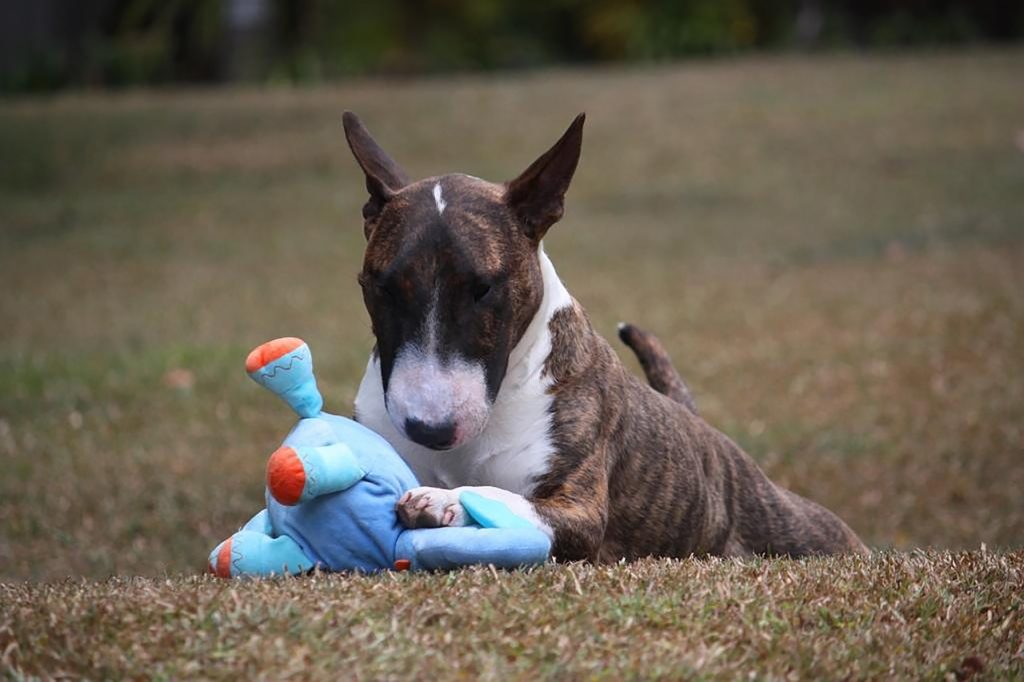
Positives to Squeaky Toys
While the constant chirp of an artificial squeak may drive you up the wall at times, squeaky toys provide plenty of health advantages to canines. Remember, each time they bite down on the toy, they’re stimulating their gums – even with a plush option. And if you go for a rubber squeaky toy, they scrape their teeth and help cut down on plaque. The chewing process provides dental care – in addition to the important tooth-brushing you’re doing.
And with your dog so focused on ONE special toy (or, in our dog’s case, three), you have the perfect training tool. Rather than relying on training treats, you can use the squeaky toy as a reward or motivation tool. If your dog gets overstimulated easily, though, keep your training sessions on the short side. You don’t want to find yourself in a potentially embarrassing situation – especially if you’re out in public.
Squeaky Toy Dangers
No matter what drives your dog to happily chew away on their squeaky toy, you need to monitor the behavior closely. Those squeakers represent significant health hazards, particularly in aggressive chewers. If they become determined to “kill” their prey, they can shred a toy and either choke on or swallow the squeaker in the process. The result? A foreign body and a hefty vet bill. And no matter what the label says, there are NO indestructible squeakers. My sister’s Shiba Inu is living proof – he’s destroyed every squeaker in every toy he’s received (it’s his personal mission).
You should always supervise your dog with their toys, as a precaution:
- Inspect the toys before and after every play session.
- If you notice any damage (i.e., split seams, exposed stuffing, unraveled rope, etc.), decide whether you want to make repairs or buy a replacement.
- Supervise playtime.
- Decide which toys should only come out when YOU play with your dog.
- Put all toys away when finished.
If you want squeaky toys for aggressive chewers, look for thick, rubber options. They’re going to hold up better than anything with stuffing or plush. Unfortunately, they’re on the heavy side, which makes them difficult for small dogs to carry around.
“My Dog Doesn’t Like Squeaky Toys!”
Believe it or not, there are dogs out there who DON’T like squeaky toys. Some dogs prefer to skip ALL toys. And that’s okay. They could have a rough history before coming to live with you. As a retired racer, our poor girl had no idea what to do with a toy for about six months. She looked at us like we were crazy when we offered her every kind of toy imaginable. Now, she thinks toys are awesome. And her favorite? Her squeaky pegasus.
Other dogs simply have different preferences. They want active toys, such as tennis balls or frisbees. When we were kids, our American Eskimo Dog thought tennis balls were the best invention in the world. She didn’t care about squeaky toys in the slightest. And that’s where you can see breed differences. Greyhounds have a high prey drive. Eskimo Dogs? Not so much. If your dog looks at you funny when you squeeze the squeaker, consider their breed and whether it makes sense for them.
Squeak, Squeak, SQUEAK
Maybe squeaky toys aren’t always our favorite thing in the world. But our dogs think they’re amazing. Whether it’s putting them in touch with their wolf roots, stimulating the dopamine in their brains, or prompting us to come lavish some attention on them – it triggers SOMETHING. (Maybe all of the above) And, honestly, we introduced the toys in the first place, so we need to own some of the blame.
And as long as you’re monitoring that happy chewing, squeaky toys are a safe and beneficial toy. (Outside of migraine time)

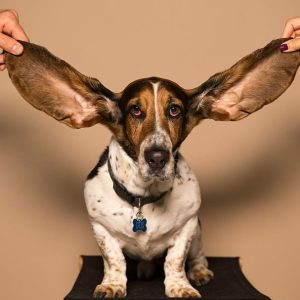




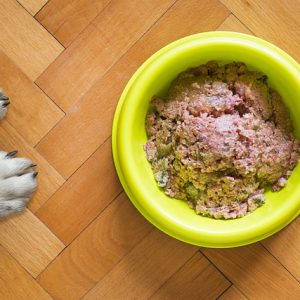

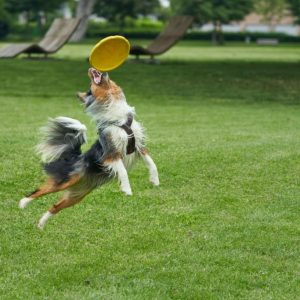

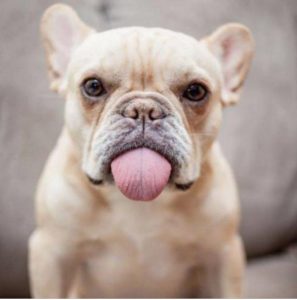
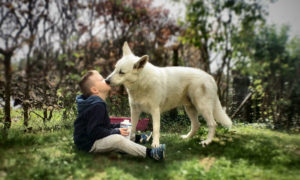

No comment yet, add your voice below!